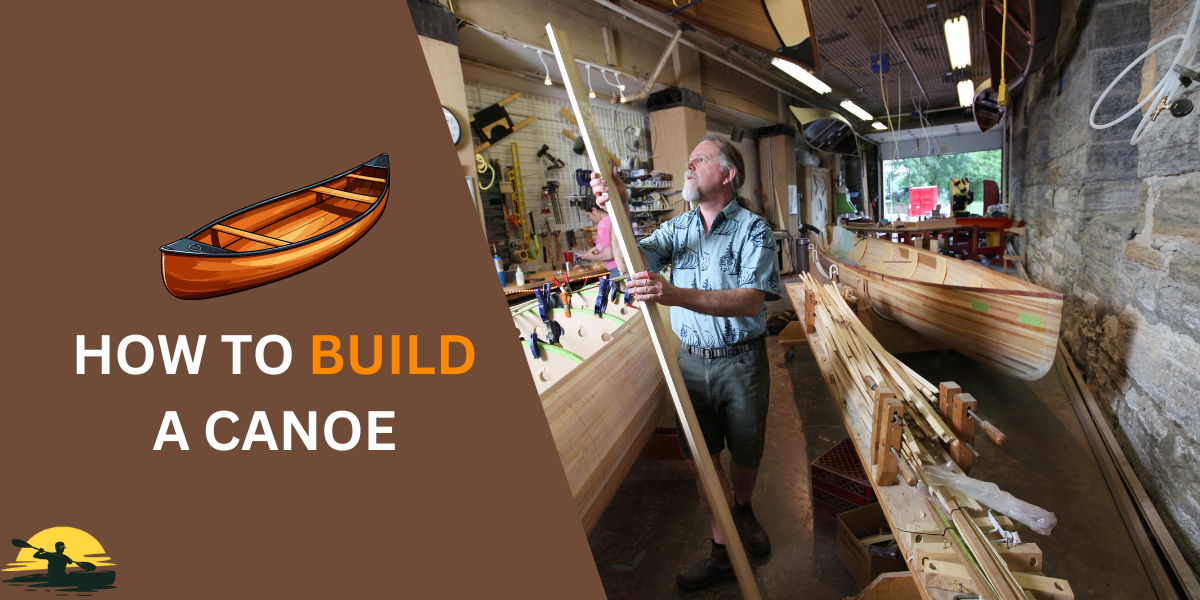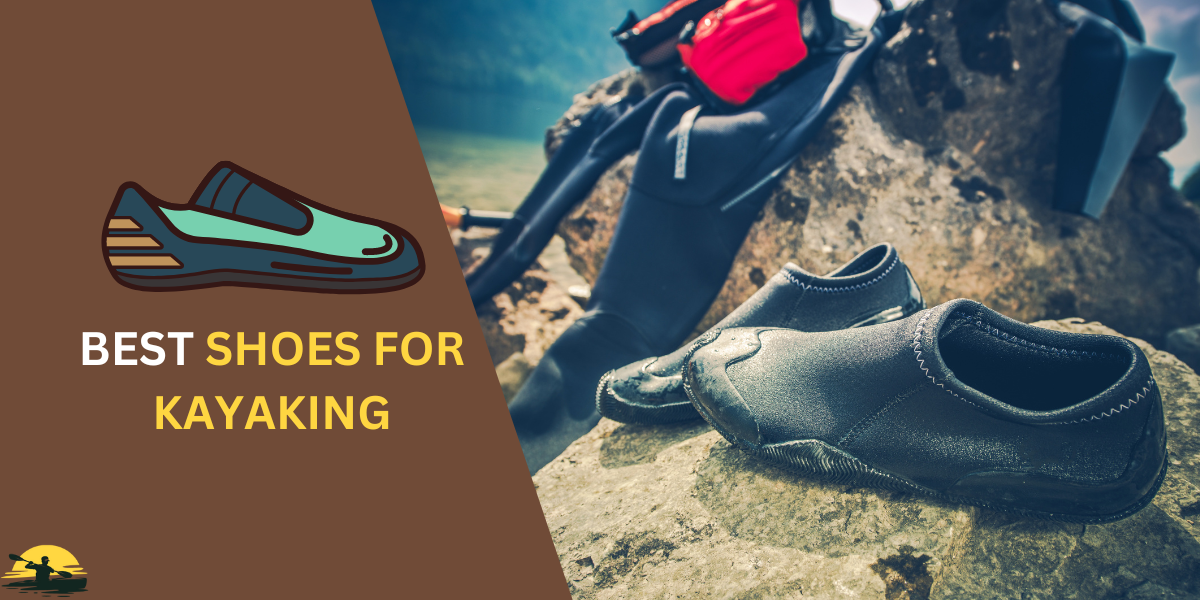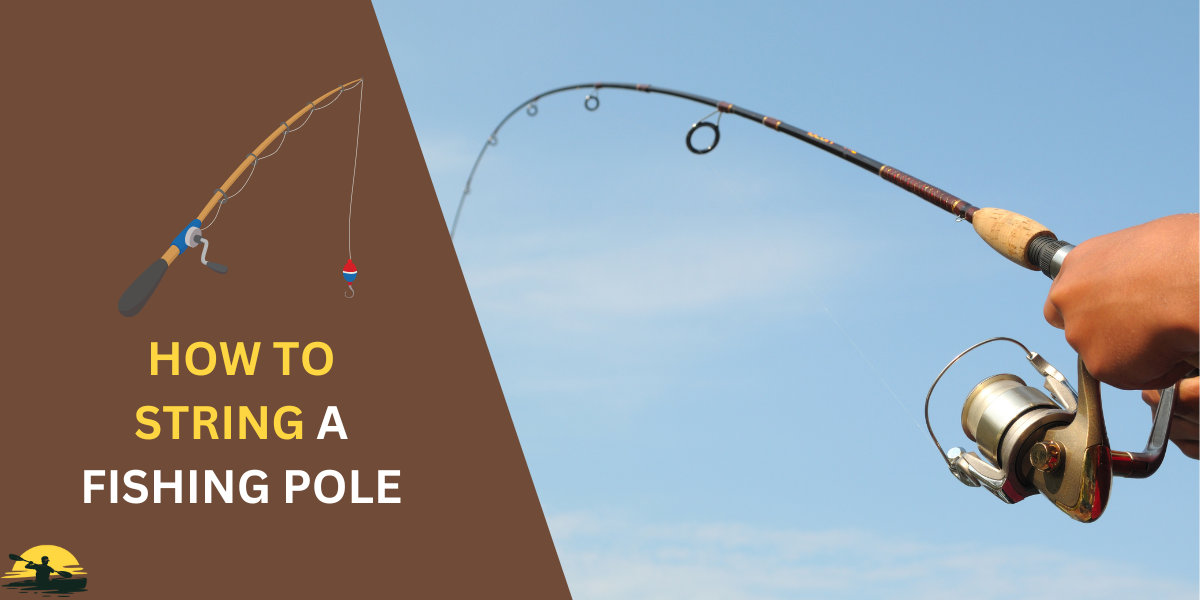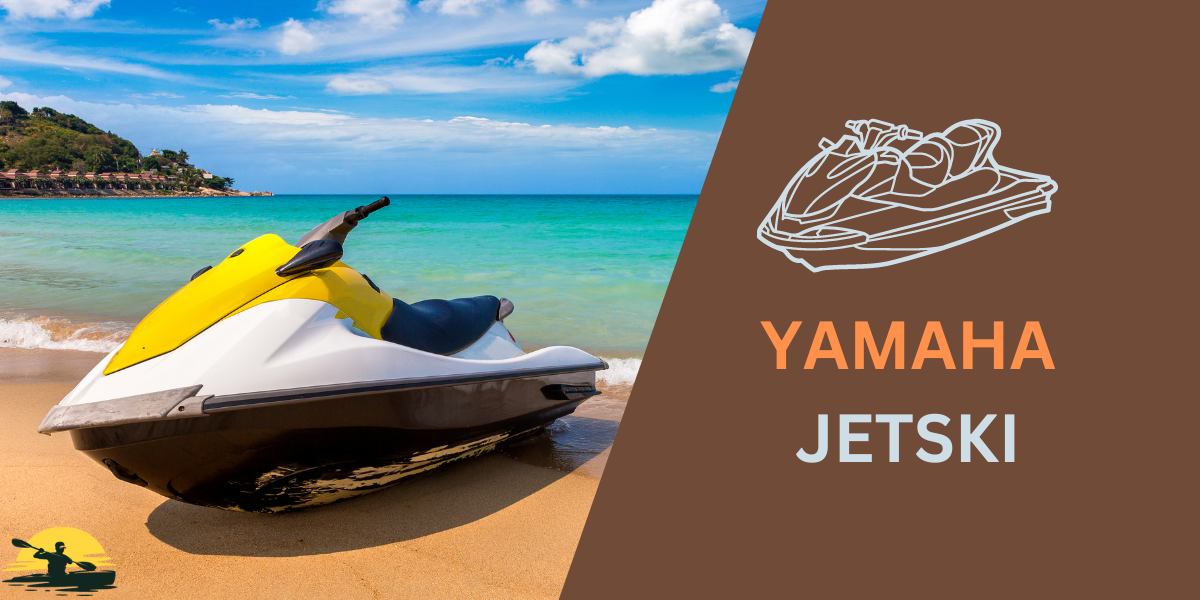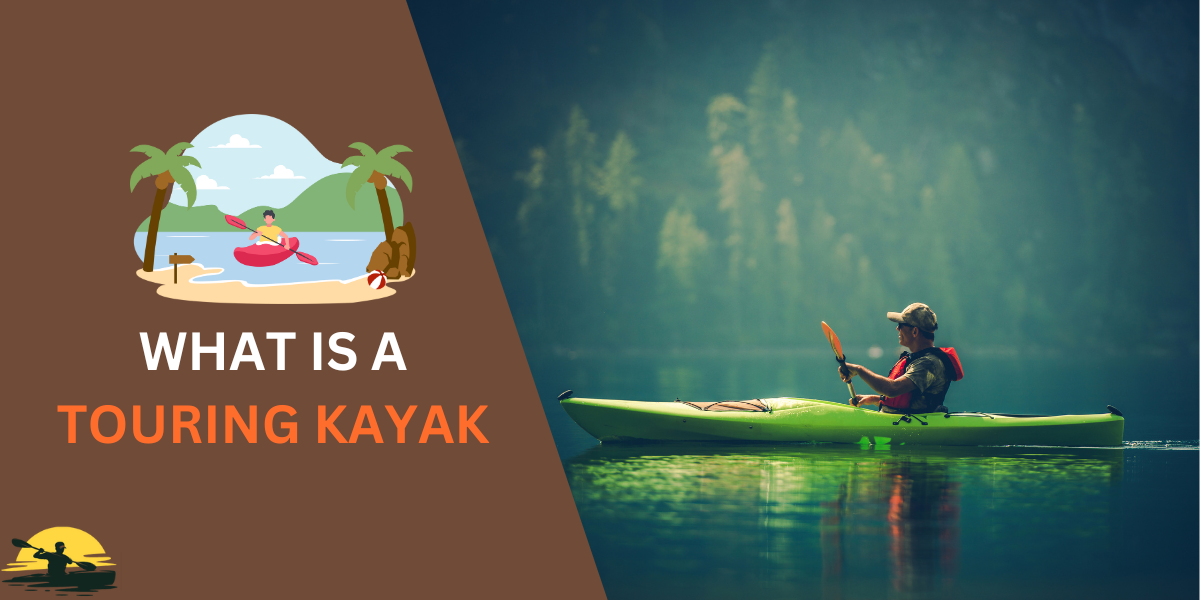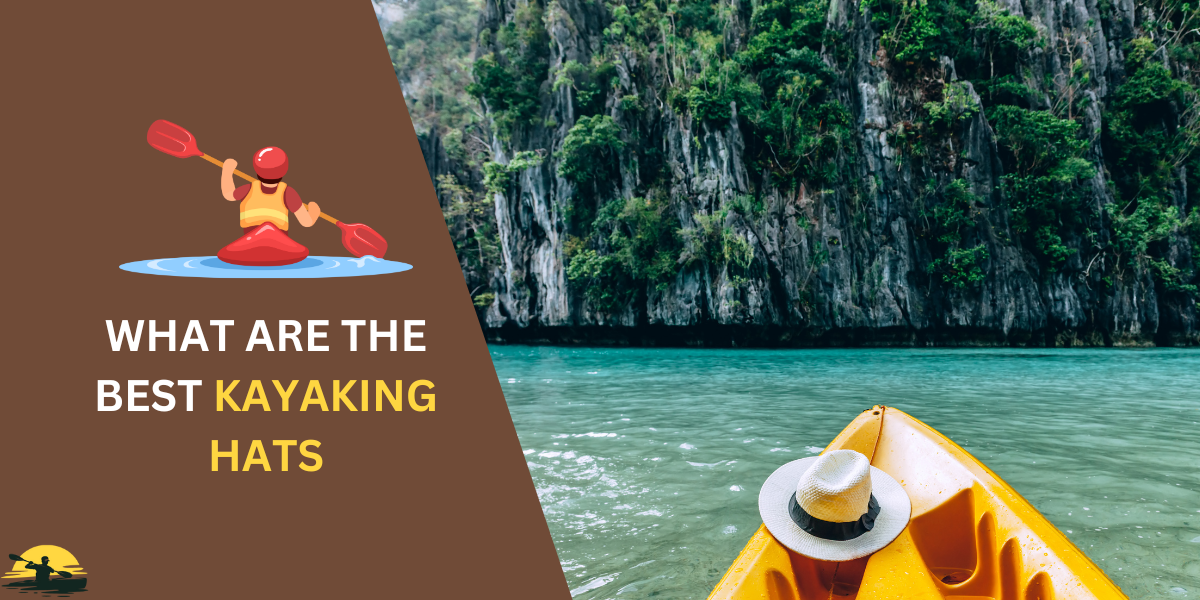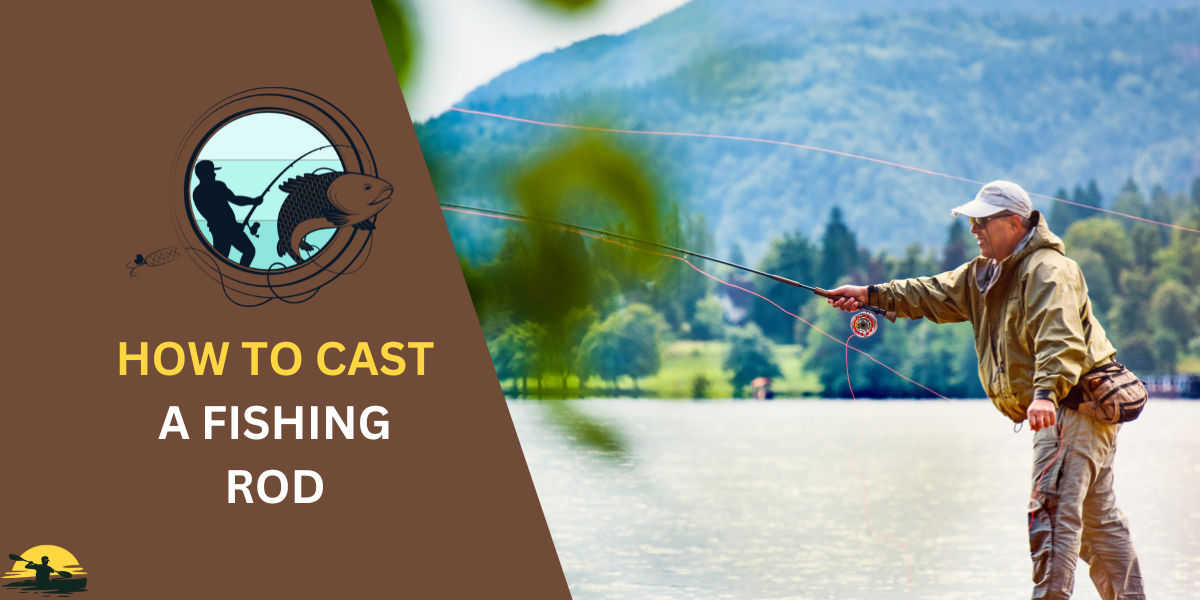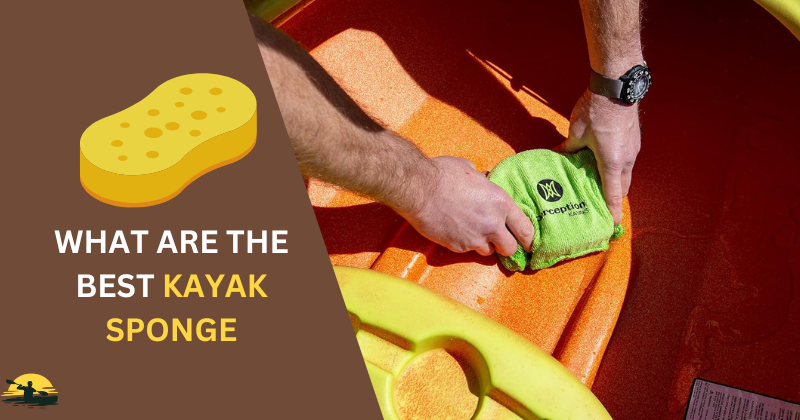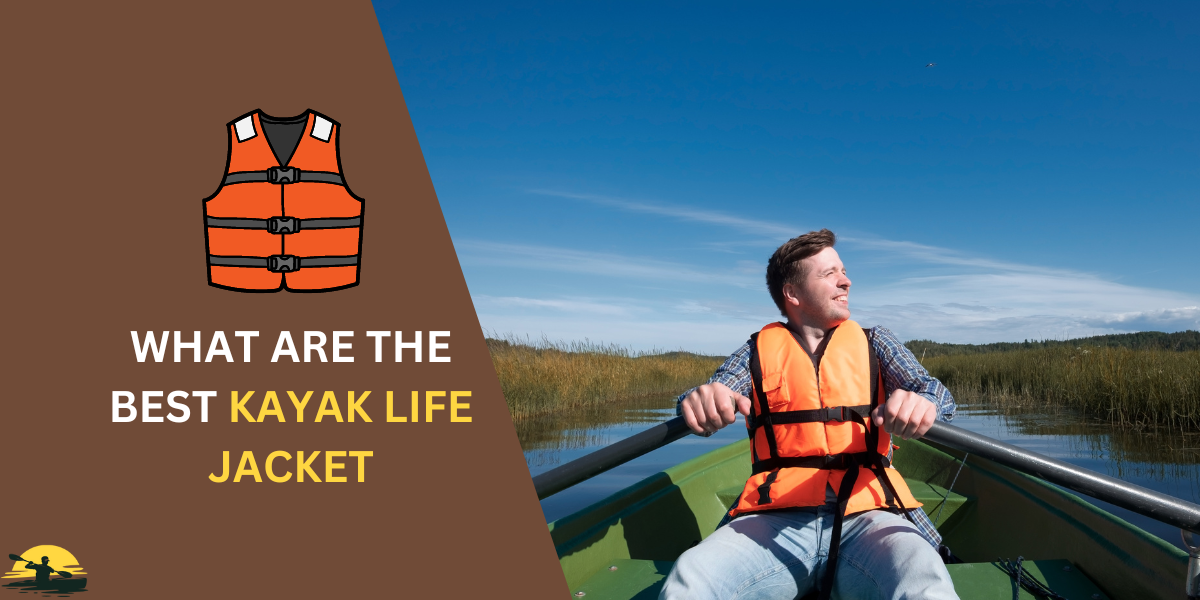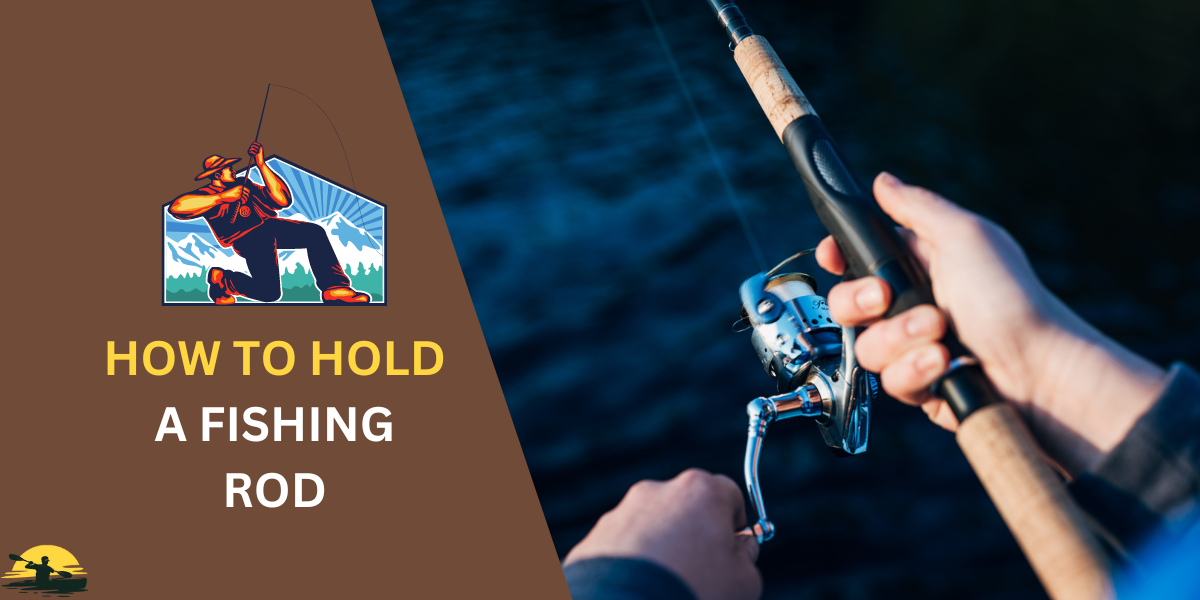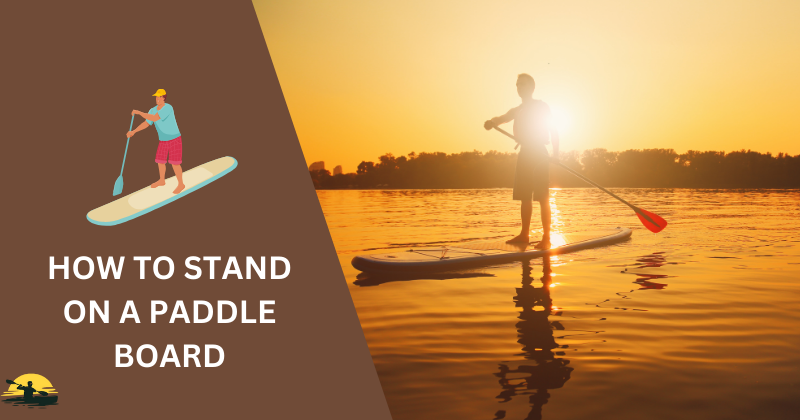
If you’re new, it can seem tricky to stand up on that board.
Don’t worry, though! In this guide, we’ll teach you everything you need to know to get started.
We’ll even show you step-by-step how to move from kneeling to standing, using the right paddle strokes to go forward and turn.
By the end of this guide, you’ll be paddling like a pro!
How to Stand on a Paddle Board
- Choose the right board: All-around inflatable boards are best for beginners.
- Get the gear: Paddle, leash, and personal flotation device are essentials.
- Safety first: Check conditions, go with a buddy, and wear your PFD.
- Start on your knees: Get comfortable in the center of the board in shallow water.
- Stand up slowly: Bring one foot forward, then the other, keeping knees bent.
- Paddle away: Use your core for power, switch sides regularly, and enjoy the ride!
Choosing Your Paddle Board
Okay, first things first, you have to pick the right stand-up paddle board. There are a few different types of paddle boards:

- All-around paddle boards: These are the easiest to use for beginner paddlers. They’re wider and more stable, so they’re perfect if you’re still figuring out your balance in a kneeling position or standing position.
- Touring paddle boards: These are longer and skinnier, so they’re faster. They’re good if you want to go on longer trips. You can use a variety of paddle boarding tips and strokes, such as the forward stroke and sweep stroke, to propel yourself across the water with your sup paddle.
- Yoga paddle boards: These are extra wide and stable, perfect for doing yoga poses on the water.
- Fishing paddle boards: These usually have special features like rod holders and storage for your gear.
Inflatable or Hard?
You also need to decide if you want an inflatable or a hard stand-up paddle board.
- Inflatable: These are easier to store and transport. Just deflate them and roll them up when you’re not using them.
- Hard: These are usually a bit faster and more responsive on the water. But they’re bigger and not as easy to store.
Think About You

The best board for you depends on what you want to do with it and how much money you want to spend. If you’re starting, an all-around inflatable board is a great choice. They’re easy to use and affordable. You can begin to paddle from a kneeling position and then slowly stand up when you feel comfortable. With a bit of practice, you’ll be paddling in a straight line with your paddle blade and holding your paddle handle correctly to use your sup paddles for steering, forward strokes, and reverse strokes.
But if you know you want to go on longer trips or do something specific like yoga or fishing, then you might want to look at those types of boards. Remember, even with the best boarding tips, safety comes first, so always wear your personal flotation device and be aware of your surroundings, especially the board’s nose, where you are most likely to fall.
Essential Paddle Board Gear
Alright, now that you’ve got your paddle board, it’s time to gear up. Here’s what you absolutely need:

- Paddle: You’ll need a paddle to move yourself and your board through the water. It should be about 6-10 inches taller than you are. To paddle forward, you’ll want to hold the paddle horizontally with the paddle blade angled away from you. Make sure your grip is shoulder-width apart and that one hand is on the paddle handle (usually the T-grip). This will help you paddle correctly and get the most power out of your strokes.
- Leash: This is like a safety rope that attaches to your ankle and the back of your board. If you fall off, it’ll keep your board from floating away. Make sure to put the leash on before you get on your board.
- Personal Flotation Device (PFD): This is important for safety. You might even be required to wear one by law, depending on where you’re paddling. Even if it’s not needed, it’s always a good idea to wear one, just in case.
Here’s some other gear you might want to think about:

- Sun Protection: Wear sunscreen, a hat, and sunglasses to protect yourself from the sun.
- Water Shoes: These can protect your feet from sharp rocks and shells.
- Dry Bag: This is a waterproof bag where you could store your phone, keys, and other valuables.
Taking Care of Your Gear:
- Take good care of your paddle. Rinse it with fresh water after each use and store it in a safe place.
- If you have an inflatable paddle board, make sure it’s fully inflated before you use it. You can usually check the pressure by pressing on the sides of the board.
- If you’re not using your board for a while, store it in a cool, dry place. Don’t leave it in the sun for too long, especially if it’s inflatable, as this can damage the material. If you have a hard board, you can store it on car racks or a wall mount.
Before You Hit the Water: Safety First
Okay, you’re geared up and ready to go. Before you jump on your board, let’s talk safety:

- Check the Conditions: Before you head out, check the weather. You want calm water, especially if you’re a beginner. Windy days can make it hard to control your board.
- Buddy System: Always paddle with a friend, or at least tell someone where you’re going and when you’ll be back.
- Know Your Limits: If you’re tired, head back to shore. Don’t push yourself too hard, especially when you’re first starting.
- Wear Your PFD: Always wear your flotation device, even if you’re a good swimmer. It could save your life.
- Respect Others: Be mindful of other people on the water, like boaters, swimmers, and other paddleboarders.
Getting Started:

- Shallow Water is Your Friend: Find a spot where the water is calm and knee-deep. This is the perfect place to practice getting on your board and finding your balance.
- Carry Your Board: Use the carry handle in the center of the board to get it to the water.
- Hop On: Start on your knees in the center of the board. Once you’re comfortable, you can slowly stand up, one foot at a time. Remember to keep your feet about shoulder-width apart and your knees slightly bent.
- Keep Your Balance: Look straight ahead, not down at your feet. Keep your shoulders back and your core engaged. It’s like standing on land but a bit shaky.
- If You Fall: Don’t worry; everyone falls when they’re learning! Just try to fall away from your board so you don’t get hit.
With a little practice and these safety tips in mind, you’ll be paddling like a pro in no time.
Getting on Your Paddle Board
Alright, you’re on your board and feeling steady. Now, let’s get moving! Here’s how to paddle your board:

How to Hold Your Paddle:
- Grip: Your hands should be about shoulder-width apart on the paddle. One hand should be on top of the handle (this is usually your dominant hand), and the other hand should be lower down on the shaft.
- Which Way? If you’re paddling on the right side of your board, your left hand will be on top. If you’re paddling on the left side of your board, your right hand will be on top.
Basic Strokes:
- Forward Stroke: Reach forward with your paddle and put the blade in the water. Pull the paddle back towards your feet, keeping it close to the board. To go straight, switch sides every few strokes.
- Reverse Stroke: Do the opposite of a forward stroke. This will slow you down or make you go backward.
- Sweep Stroke: If you want to turn, do a big arcing stroke from the front of the board to the back. If you’re going to turn left, do a sweep stroke on the right side of your board. And if you’re going to turn right, do a sweep stroke on the left.
Tips for Paddling:

- Stand Tall: Don’t lean forward or backward too much. Keep your back straight and your core engaged.
- Use Your Core: Engage your central muscles to help you paddle more efficiently. Think about twisting your torso as you paddle, not just using your arms.
- Look Where You’re Going: Don’t stare at your feet. Keep your head up and look in the direction you want to go.
Turning Around: If you need to turn completely around, you can do a few reverse strokes on one side and then a few forward strokes on the other side. Or you can step to the other side of your board and start paddling in the opposite direction.
Practice these basic strokes, and you’ll be cruising along in no time!
Basic Paddle Board Techniques
So you’ve got the basics down but want to level up your paddle boarding game? Here are some extra tips to make your time on the water even more awesome:

- Practice Makes Perfect: The more you paddle, the better you’ll get at it. So get out there and have fun!
- Relax: Paddleboarding is supposed to be enjoyable. Don’t get stressed out if you fall or if things don’t go perfectly. Just relax, breathe, and enjoy the scenery.
- Take a Lesson: If you’re having trouble or want to learn more advanced techniques, consider taking a lesson from a certified instructor. They can help you improve your skills and build confidence.
- Explore Different Locations: Try paddling in different places. You might discover a new favorite spot!
- Try SUP Yoga: If you’re feeling adventurous, you can even try yoga on your paddle board! It’s a great way to challenge your balance and flexibility.
- Upgrade Your Gear: As you get better at paddle boarding, you might want to consider upgrading your gear. There are different types of paddles available, like lightweight carbon fiber paddles, that can make paddling easier and more efficient. You can also look into getting a board that’s specifically designed for your favorite activity, whether it’s touring, racing, or fishing.

Remember, the most important thing is to have fun and enjoy the experience. So grab your board, paddle, and PFD, and get out there on the water!
Tips for Beginner Paddle Boarders
Ready to hit the water and start stand-up paddleboarding? Here’s where you can go for some paddling fun:

- Lakes: Calm lakes are perfect for beginners. They offer flat water with no waves or currents, making it easier to learn the basics.
- Calm Rivers or Bays: Look for areas where the water is slow-moving and sheltered from wind.
- Ocean: Once you have some experience, you can try paddling in the sea. But stick to calm days and sheltered areas to start. Always check the surf report and tide charts before heading out.
- Rental Shops: If you don’t have your board, you can usually rent one at lakes or beaches. This is a great way to try out different boards and see what you like before buying one.
- Guided Tours: Many places offer guided paddle boarding tours. This can be a fun way to learn more about the area you’re paddling in and meet other paddlers.
No matter where you go, remember to follow these safety tips:

- Check the Conditions: Before heading out, always check the weather forecast and water conditions.
- Wear Your PFD: Always wear your flotation device, even if you’re a good swimmer.
- Stay Hydrated: Bring enough of water to stay hydrated, mainly on hot days.
- Be Aware of Your Surroundings: Keep an eye out for other boats, swimmers, and obstacles in the water.
- Don’t Paddle Alone: It’s always safer to paddle with a friend or in a group.
By following these safety tips and choosing the right location, you can enjoy all the benefits that stand-up paddleboarding has to offer. It’s a great way to get a full-body workout, have fun, and enjoy nature. So get out there and start exploring!
Where to Go Paddle Boarding
Alright, you’ve made it this far – you’re almost a paddle-boarding pro! Before we wrap this up, let’s recap some key points:

- Safety First: All time wear your personal flotation device and let someone know where you’re going. Paddleboarding is fun, but safety should always be your top priority.
- The Right Gear: Choose the right board and paddle for your needs and skill level. Remember, for beginners, an all-around inflatable board is a great place to start.
- On the Board: Keep your feet shoulder-width apart, knees slightly bent, and back straight for balance. Look straight ahead, not down at your feet.
- Paddling Power: Use your core muscles, not just your arms, to paddle. Remember to switch sides regularly to go in a straight line.
- Practice, Practice, Practice: The more you get out on the water, the better you’ll get. Don’t be afraid to fall – everyone does when they’re first learning!
- Find Your Spot: There are so many great places to paddle board. Start with calm water, then move on to more challenging spots as you get more confident.
Whether you’re exploring calm lakes or cruising on the ocean, stand-up paddle boarding is a fantastic way to stay active, enjoy the outdoors, and have some fun.
So, what are you waiting for? Grab your board and paddle, and let’s get out on the water! We hope this detailed guide has given you the confidence and knowledge you need to start your stand-up paddle-boarding journey. Remember to have fun, be safe, and be happy paddling!
Conclusion
You’ve reached the end of this guide, and hopefully, you’re excited to try paddle boarding!

It might feel a bit shaky at first, but with practice, it’ll be a blast. Remember, everyone falls when they’re learning!
Always prioritize safety: wear your flotation device, pick calm water to start, and bring a friend along. Once you feel comfortable, stand up straight on your board, keep your knees slightly bent, and don’t forget the sunscreen.
Now, get out there, explore, and have an amazing time on the water!
Frequently Asked Questions
What’s the easiest way to stand up on a paddleboard?
Start on your knees in the center of the board (the sweet spot). Slowly bring one foot forward, then the other, keeping your feet shoulder-width apart & knees bent. Dont forget to stand straight with your shoulders back.
How do I hold the paddle correctly?
Grip the paddle with your hands shoulder-width apart. If your right hand is lower on the shaft, the paddle blade should be facing forward on the left side. Switch hand positions when paddling on the other side.
What should I do if I fall off my paddle board?
Don’t panic! Your flotation device will keep you afloat. Grab the carry handle and pull yourself back onto the board, starting in a kneeling position.
How do I turn my paddleboard?
A sweepstroke is your best bet. Reach your paddle forward and sweep it away from the board in a wide arc. To turn right, sweep on the left side and vice-versa. A reverse stroke (paddling backward) near the tail also helps.
Is it better to have my feet closer together or further apart on the board?
Shoulder-width apart is the sweet spot. It provides the best balance and stability. Too close together makes you shaky, and too far apart strains your back.


